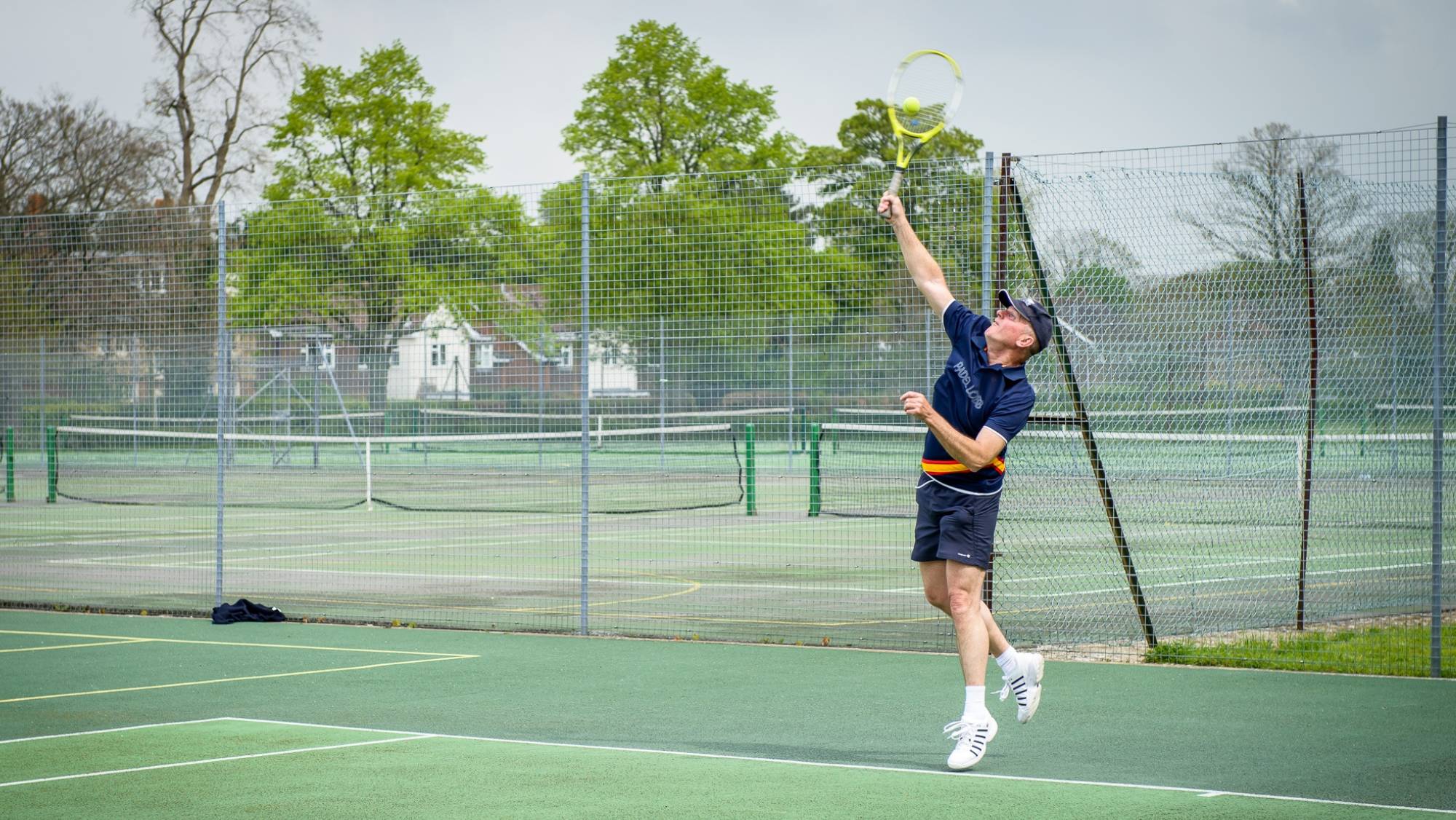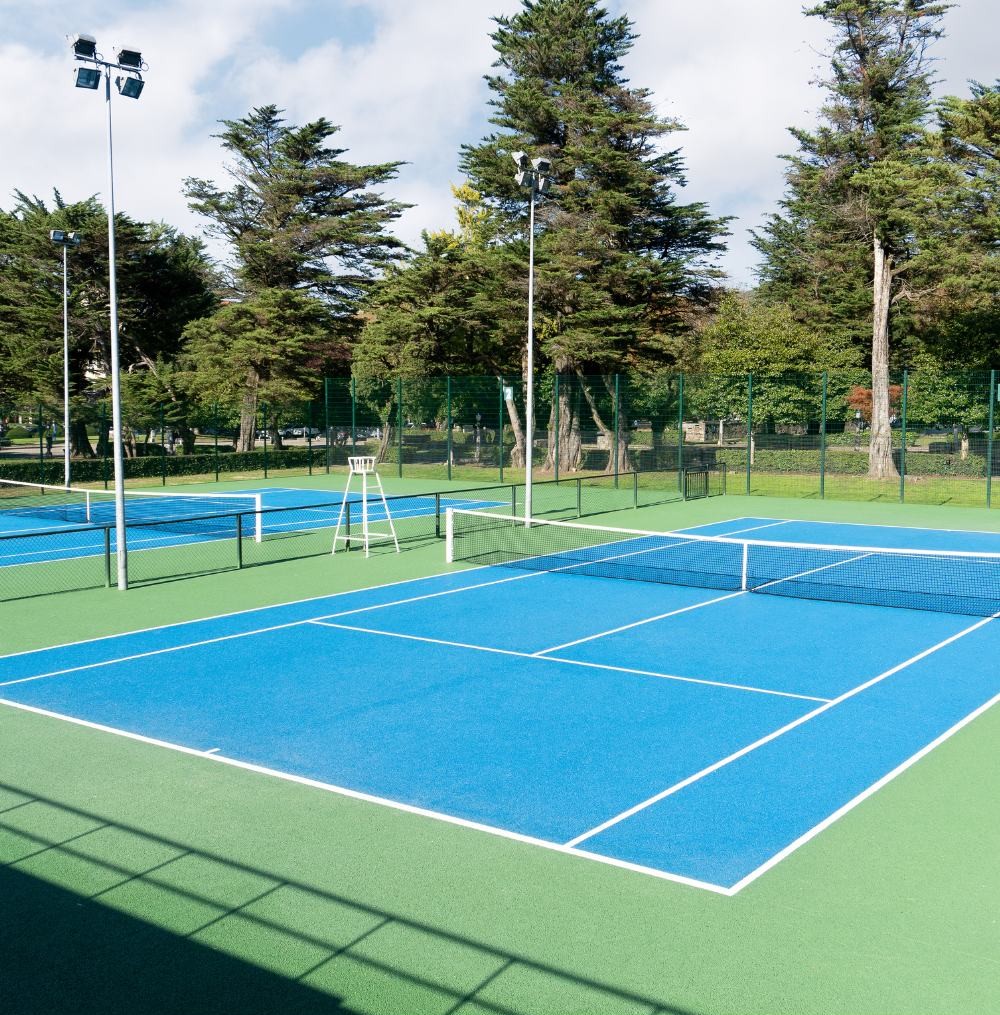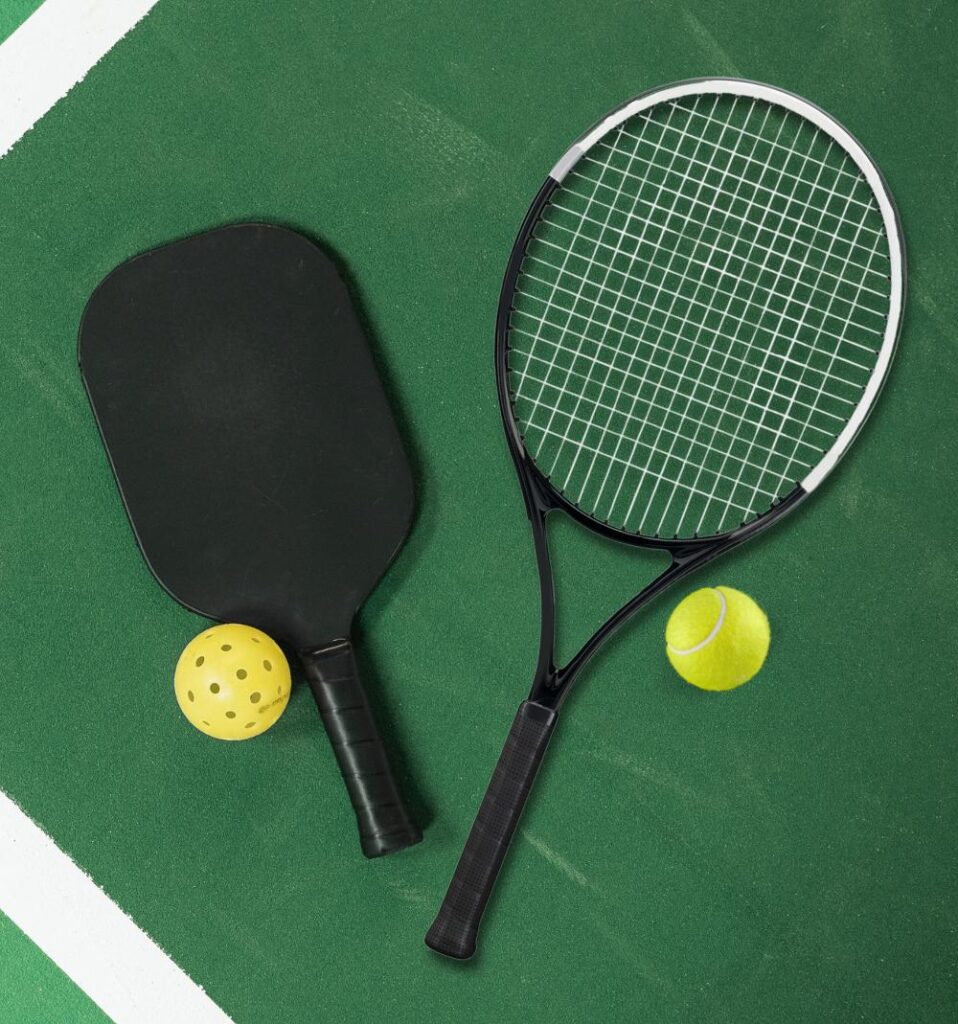
Pickleball and tennis are two of the most popular racket sports in the world, and while they may appear similar at first glance, many key differences set them apart. While pickleball and tennis involve hitting a ball over a net and can be played in singles or doubles, they differ significantly in court size, equipment, pace, and accessibility.
At Bluecoat Sports in Horsham, we have state-of-the-art pickleball courts for hire, as well as classes led by experienced instructors. If you’re curious how pickleball stacks up against traditional tennis, this guide will explore the major differences and help you decide which might be best for you.
For more information on pickleball and tennis court hire, and booking classes, please call 01403 247572.
Pickleball vs tennis: Key differences explained
Origins and concept
Tennis has been a cornerstone of racket sports since the 19th century, played on large courts with stringed rackets and pressurised, felt-covered balls. It ranges from casual rallies to elite-level competitions and remains popular worldwide.
Pickleball, invented in 1965, is one of the UK’s fastest-growing sports. Designed to be accessible and family-friendly, it blends elements of tennis, badminton, and ping pong. It’s played with solid paddles and a perforated plastic ball on a smaller court featuring a non-volley zone, or “kitchen.”
While both sports offer cardio benefits, tennis features faster, more powerful rallies due to its larger court and high-bouncing ball. In contrast, pickleball promotes longer, more strategic rallies with a slower pace, emphasising control and placement.
Court size and layout
One of the most noticeable differences between tennis and pickleball is the court size. A standard tennis court measures 36 feet (11 metres) wide by 78 feet (23.8 metres) long for doubles play, offering a lot of space that requires quick movements and high stamina. Many tennis players are accustomed to covering large areas of the court, especially during singles matches.
In contrast, a pickleball court is significantly smaller, measuring 20 feet (6.1 metres) wide by 44 feet (13.4 metres) long – the same size as a doubles badminton court. This more compact layout helps make the game more accessible to older adults or beginners who may find tennis physically demanding.
It’s also worth noting that the pickleball net is slightly lower than a standard tennis net, which changes the dynamics of how the ball is hit and received.

Equipment and the ball

The equipment of both sports is a clear area of difference. Tennis players use stringed rackets and a felt-covered rubber ball that bounces high and travels fast. The tennis ball is designed for power and spin, which suits the longer rallies and varied court surfaces.
Pickleball players use a paddle made from composite or wood materials, with no strings. The paddle is solid and smaller than a tennis racket, and the ball used is a lightweight, perforated plastic ball. Unlike the felt covering of a tennis ball, the plastic ball has holes and generates less bounce and speed, encouraging longer, more strategic rallies.
This difference in ball design significantly affects how each sport is played. In tennis, players rely more on power and topspin, whereas in pickleball, players focus more on precision, control, and positioning.
Rules and scoring systems
Both pickleball and tennis involve getting the ball over the net and into the opponent’s court, but the rules and scoring systems differ significantly.
Tennis matches are typically scored in sets. A player must win six games to win a set, and each game follows the familiar scoring system of 15, 30, 40, and game. Points are awarded on each rally regardless of who served, and serves are delivered overhand into the opponent’s service box. Men play best-of-five sets at Grand Slams and best-of-three at most other events, while women usually play best-of-three.
Pickleball games use a simpler scoring system. Games are played to 11 points, and a team must win by two points. Only the serving team can score points, and the game starts with an underarm serve that must bounce once on each side before players can volley. The two-bounce rule and the non-volley zone near the net are key features shaping how the game is played.
Physical intensity and accessibility
Tennis and pickleball both offer cardiovascular benefits, but their physical demands differ. Tennis requires greater stamina, speed, and agility, especially on full-sized courts. Players often cover significant distances, particularly in singles matches.
Pickleball’s smaller court and lighter ball reduce joint strain and overall impact, making it easier on the body. Despite being lower-impact, it supports balance, coordination, and heart health. It’s especially popular among older adults, those recovering from injury, or beginners. Its accessibility allows people of all ages and abilities to get involved, whether for competition or casual play.
Social aspect and community
While tennis has a long-established community through clubs and leagues, it often requires more time and commitment. Matches can be lengthy, and the learning curve for new players can be steep.
Pickleball shines when it comes to social interaction. Its shorter game format, simple rules, and inclusive atmosphere attract people of all skill levels. Many people playing pickleball enjoy the community it fosters, with doubles matches, rotating partners, and easy conversation between games.
Pickleball vs Tennis comparison table
| Feature | Pickleball | Tennis |
| Court size | 6.1 m x 13.4 m (badminton-sized court) | 11 m x 23.8 m |
| Court surface | Indoor or outdoor hard courts | Clay, grass, or synthetic courts |
| Net height | 86 cm (at the centre) | 91.4 cm (at the centre) |
| Ball used | Perforated plastic ball (wiffle ball) | Pressurised felt-covered rubber ball |
| Racket | Solid paddle (composite materials) | Strung tennis racket |
| Play format | Singles or doubles | Primarily doubles |
| Serve rules | Underarm serve; rally must include one bounce on each side before volleys are allowed | Overarm (standard) or underarm (uncommon) serve allowed |
| Scoring system | First to 11, must win by 2; only serving team scores | Traditional 15, 30, 40, deuce, win by two games per set |
| Play format | Singles or doubles | Singles or doubles |
| Movement | Less running due to a smaller court | More running, greater physical intensity |
| Accessibility | Very accessible, great for beginners and older adults | More physically demanding, higher entry skill level |
Which sport is right for you?
Choosing between playing tennis and pickleball often depends on your fitness level, schedule, and what you want from the game. If you enjoy long rallies, open court play, and the traditional feel of racket sports, tennis might be for you.
If you want a fast-learning, social sport that’s easier on the joints but still competitive and fun, pickleball is a fantastic option. Many tennis players find that pickleball enhances hand-eye coordination and adds variety to their sports routine.
Both sports complement each other, and there’s no reason you can’t enjoy both depending on your mood, energy level, or group of friends. Check out our class and court timetables to find a suitable session.
Book a court at Bluecoat Sports
Our pickleball courts and tennis facilities offer a friendly environment with plenty of opportunities to enjoy these popular racket sports. Book online or contact our team to book a court, join a class, or learn more about the benefits of playing pickleball or tennis at Bluecoat Sports.